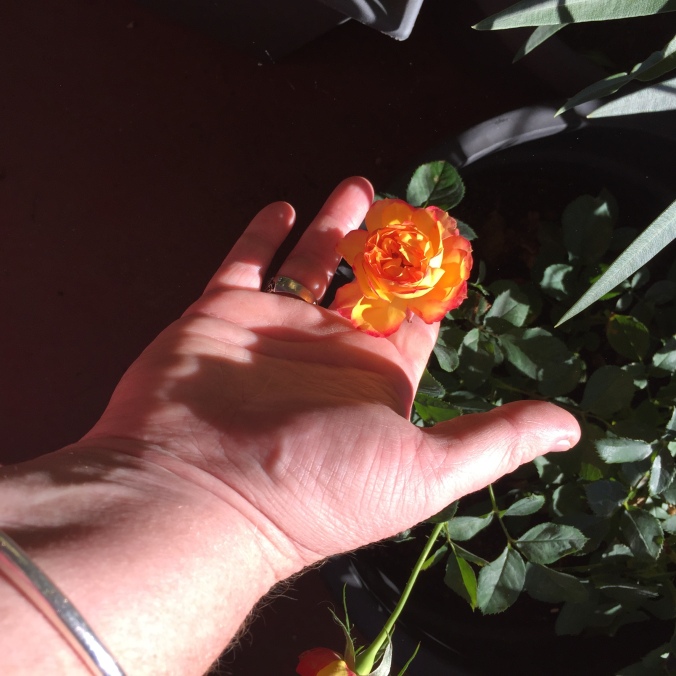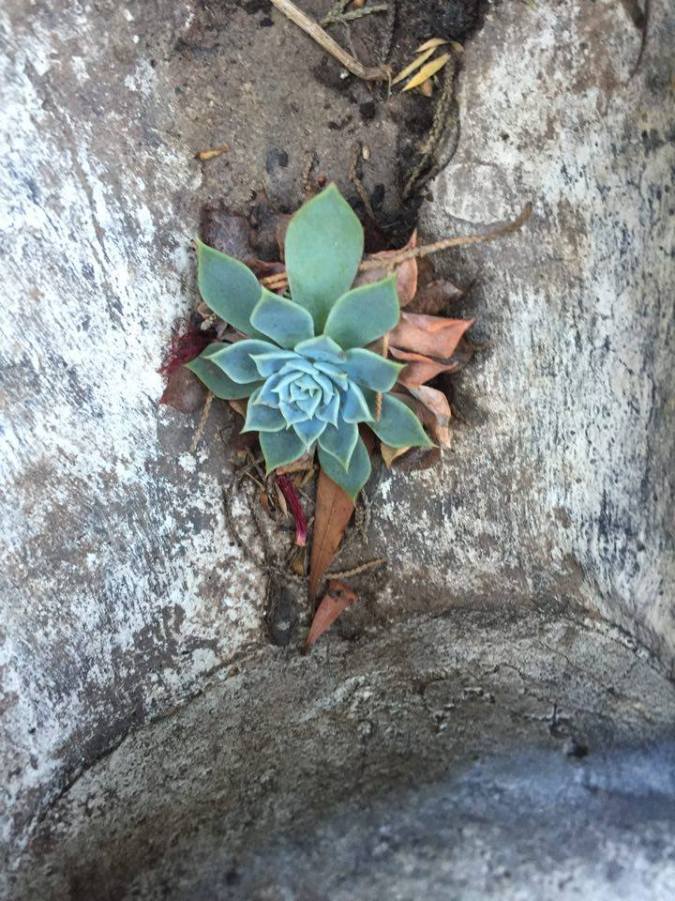

My Chameleon Rose was originally published on My Garden


My Chameleon Rose was originally published on My Garden
I love the colour yellow and these pansies are so pretty! My bedroom has lots of yellow in it and half of my plants are yellow too! 
My yellow and white pansies was originally published on My Garden







Some of my plants was originally published on My Garden
The size, flower-stalk height and colour of kangaroo paws flowers varies between the species. Many new forms have also arisen as the result of deliberate hybridisation. The overall colour of the flowers is influenced by fine coloured hairs which cover the flowers and, sometimes, part of the stalk. The flowers appear over spring and summer.
The flowers are pollinated by birds. The long flower-stalks usually rise above the undergrowth and ‘advertise’ the presence of nectar in the flowers. The stalks also provide a perch for visiting birds.
The shape of the flowers and the position of the pollen-bearing anthers is a feature which allows pollen to be deposited on the head of feeding birds. This pollen is transferred from flower to flower as the birds feed. Different species usually deposit pollen on different areas of the birds’ head. This means that pollen from one species is unlikely to be deposited in the flowers of another species.
https://www.anbg.gov.au/anigozanthos/index.html
Kangaroo Paw Flowers was originally published on My Garden
Time To Sow Flanders Poppies

English: Artificial poppies left on the Waitati cenotaph on Anzac Day 2009. Most are poppies of the Royal New Zealand returned and Services Association Inc; the white one is promoted by ‘White Poppies for Peace’, a New Zealand peace group. (Photo credit: Wikipedia)
Often recognised as the emblem of Anzac and Remembrance Days, Flanders Poppies have a beautiful rich red flower with a dark centre. Scatter seed direct into the garden where they are to grow, as Flanders poppies don’t transplant well.
Cover lightly with Yates® Seed Raising Mix (so the seed are only around 3mm deep). To create bushier, stronger poppies, pinch out the early buds and also watch for snails and slugs (which are easy to control with a light scattering of Yates® Blitzem® Snail & Slug Pellets).
To promote healthy poppies with lots of flowers, feed each week with Yates® Thrive® Roses & Flowers Liquid Plant Food. It contains nitrogen for healthy leaf growth as well as being fortified with additional potassium to encourage lots of beautiful red poppies.
Read more at http://www.yates.com.au/garden-calendar/april/flowering-plants/#BIth4quXQ5xjubic.99
Flowering Plants was originally published on My Garden
Jason has some great suggestions for native plants that are low maintenance and are sure to attract more wildlife to your garden.
Gardening: the best Aussie plants was originally published on My Garden
my aunt gave me some sad plants to see if they come back to life. hope they do!



some sad plants was originally published on My Garden
my tumblr is here
Gardening Girl was originally published on My Garden